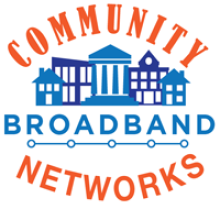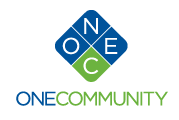Image



City Halls across the land are asking how they can attract Google Fiber and extend the Google brand to their city. Of course, we can and should invite Google to the North Coast. We can wait for Google or we can continue building our own future. OneCommunity, with the support of our hundreds of forward-thinking public benefit organizations, has built and now manages the largest community fiber optic network in the country. Built right here, our $200 million network has become a reference model for national programs and communities across the country aspiring to take their future into their own hands when it comes to broadband.It is worth noting that this is no slap across the face of Google. Google has said many times that it is not going to build everywhere and that communities need to be proactive - which means either making investments to build their own networks or finding worthwhile partners. This is a slap across the face of incumbent cable and telephone providers that are not meeting local needs. In Massachusetts, some in Cambridge are also making the case for local investments in a fiber network. Saul Tannenbaum calls for a community network to meet the needs of everyone in the community. In his well-reasoned piece, he writes:
Cambridge does have an established method of tackling complex, controversial planning issues. It appoints an external body, composed of residents, experts, and stakeholders who engage in a public process. In cases where the City has neither the expertise nor resources to address an issues, this is accompanied by an appropriation of funds to employ consultants. That's what should happen next. City Manager Richard Rossi should appoint a commission composed of experts, residents and scholars, the innovation community and the social justice community and charge them with developing a municipal broadband proposal for Cambridge.Those who want to know how their community should proceed should read the final third of his post (though it is all worth reading). This is especially true for communities without municipal electric utilities. Finally, stay tuned for next week - when we release a case study on Santa Monica, one of the most successful municipal networks to have been built by a community without a municipal electric utility.
